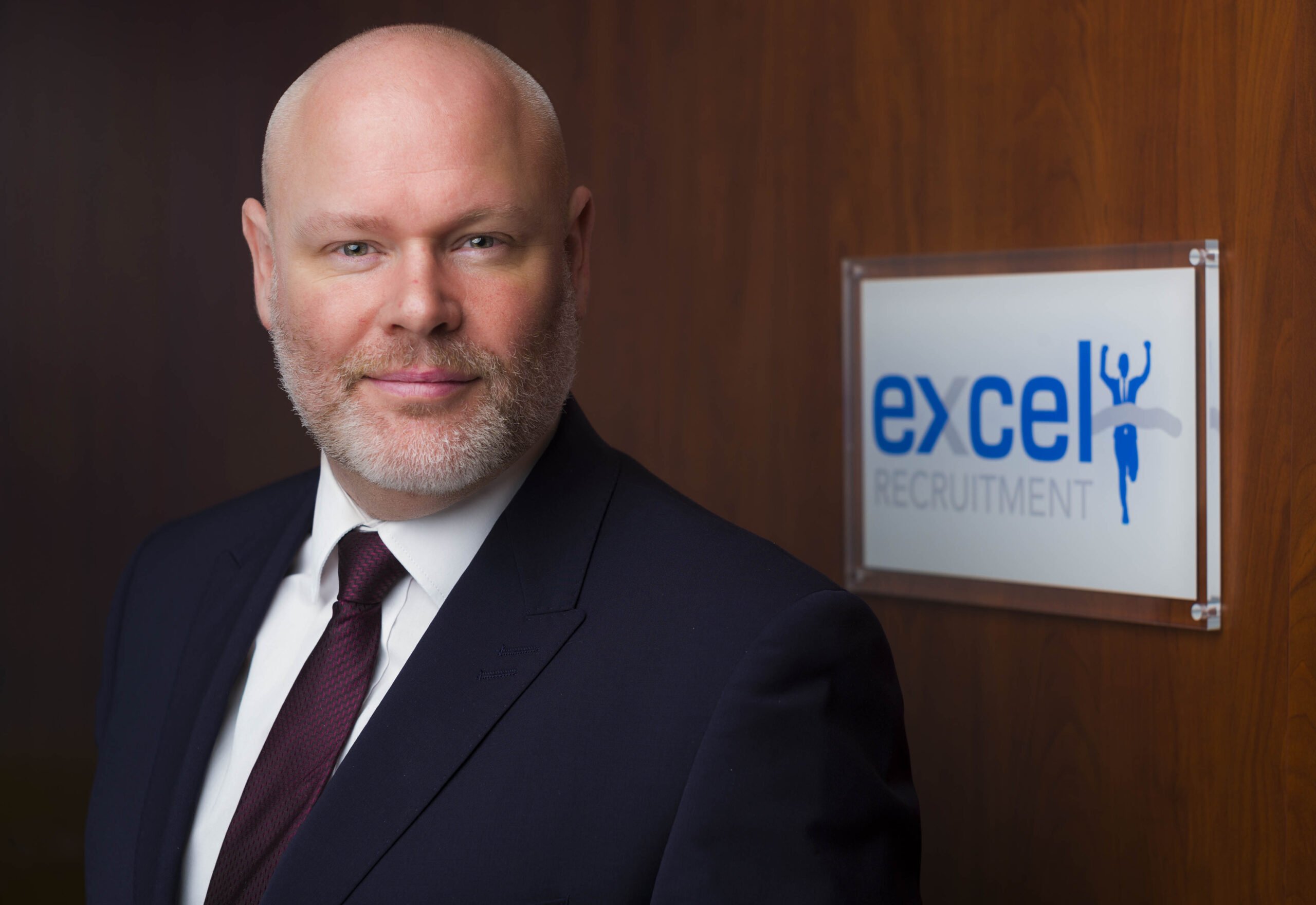Our CEO, Barry Whelan, featured in the April edition of ShelfLife magazine to discuss the true cost associated with replacing employee’s. Check out what he had to say below:
Encouraging an employee to reconsider their decision to resign from a company, can help save a great deal of time and money further down the line, writes Excel Recruitment’s Barry Whelan.
Ireland is in the midst of the “Great Resignation” with employers witnessing a higher churn in employees then most can recall. We know there is a staff crisis in hospitality, but there is also a looming crisis for labour in the retail, industrial, warehousing, transport, and health sectors. Workers are leaving their jobs in record numbers and new roles, due to demand with the re-opening of society, are being registered at a faster rate than we have ever witnessed in Excel. This is leaving businesses scrambling to replace employees, often at a major cost to the business.
Job postings consistently rising
The trajectory of job postings for the retail sector is on a consistent upward trend, having more than doubled from 1,578 in February 2021 to 4,258 in February 2022 (data courtesy of Indeed). Retail will be the next sector to be faced with a serious and damaging staffing crisis, akin to that currently being suffered in hospitality.
The industry data paints a stark picture – between 2019 and 2021, the number of retail job seekers per retail job vacancy had been increasing year on year. However, since then it has dipped significantly and in February 2022 there were 39 job seekers per job, down from 78 job seekers per job in February 2021. What’s more, the number of employers with active retail job vacancies has now nearly tripled in the 12 months to February 2022 when it stood at 1,360 employers – up from 488 employers in February 2021.
Re-evaluating priorities
Over the course of the pandemic many people were out of work and/or on reduced hours – they had more time on their hands to really look at their careers and their life, and what they want from both. As a result, we’ve seen thousands of workers change careers, upskill in their current industry, and/or just make the decision to strive for a better work-life balance.
That dynamic, combined with the fact that the industry has also missed out on approximately two years of new candidate intakes – due to workers either leaving the sector during Covid because of lockdowns and working restrictions, or indeed leaving the country – has left supply as a major issue, which continues to deteriorate.
The true cost
Depending on the complexity and seniority of a role, the actual or real cost of employee turnover can be estimated to be between 33% to a whopping 200% the employee’s annual salary.
Before allowing an employee to resign without any effort to get them to reconsider, employers should be aware of all the possible costs of replacing an employee.
The more obvious costs such as advertising, the recruitment process, executive and human resource professionals’ time spent interviewing, recruitment agency costs, background or reference checks, rejection of unsuccessful applicants or indeed interim temporary workers hired to plug a hole, all add up to a considerable number of man hours and burn rate interviewing.
But these are not the only costs; you must consider lost productivity, lost sales, lost turnover, lost knowledge, and new hire learning errors along with training time. These are the hidden costs of losing good employees.
Whiplash changes
The talent market has undergone whiplash-like change in the last 18 months, with companies shedding their workforce last spring and then spinning into a hiring frenzy this summer. It’s no surprise that many employees are looking for new opportunities or at least revaluating their career priorities.
Oftentimes, when an employee looks to leave, they should not be retained, as fresh talent can often add unmeasurably to a business. However, management need to understand the total cost of ownership in employee disengagement and attrition before making a decision not to try to retain talent.
‘Stay’ interviews
There are two recent trends that are worth looking at. The first is the ‘stay’ Interview. Here, instead of the usual six-monthly appraisal, companies engage with employees asking them why they continue to work for them and what they need to continue to do so.
Intercom, the Irish-founded tech communications platform with more than 800 employees, is a great example of this, with managers holding special meetings with each of their team members encouraging them to stay.
Boomerang employees
The second trend is boomerang employees: employees who return after leaving a company. A new LinkedIn Workforce Insights survey shows that this keeps rising.
Boomerang recruits amounted to 4.3% of all job switches last year, up from less than 2% in 2010, according to LinkedIn data. Fully trained, culturally compatible employees returning to their employer can’t be a bad thing!
If you would like to check out the full April edition of ShelfLife magazine you can do so by clicking here.

